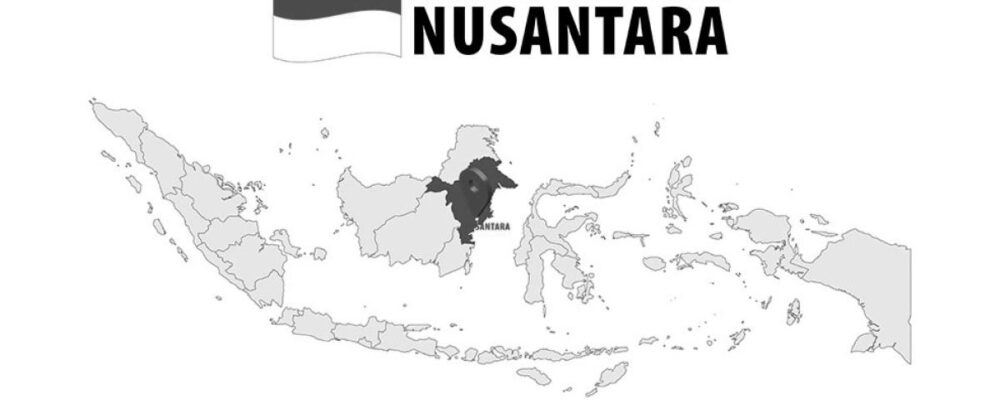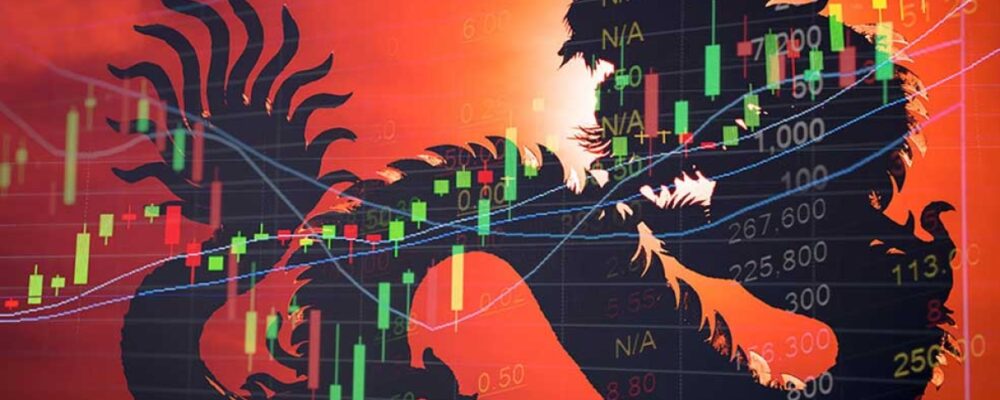A review of the last few quarters, in which economic activity has slowed while continuing to grow
Economic activity continued to grow in France in second-quarter 2024 but slowed slightly, up 0.2% in volume (qoq) after a 0.3% increase in the first quarter. However, the drivers of this growth proved rather disappointing, with foreign trade and government spending once again playing the starring role. In contrast, household consumption expenditure struggled to gain traction (+0.1%, after -0.1%) despite the ongoing disinflation process. Investment fell for the third quarter in a row
(-0.4%, after -0.3%), still affected by the past tightening of financial conditions. The carry-over effect for 2024 growth thus stood at 0.9% at the end of the first half.
Outlook for H2 2024: modest growth on average, with activity boosted in Q3 by the Olympic and Paralympic Games
Economic activity is expected to pick up in the third quarter, with growth forecast at 0.4%, bolstered by the Olympic and Paralympic Summer Games (impact estimated at +0.2 points). Activity is then expected to stagnate at the end of the year (+0%), undermined by the negative knock-on effect of the Games. Our forecast for the third quarter thus corresponds to the latest Banque de France forecast (Monthly Business Survey, early October) and our forecasts for the third and fourth quarters are the same as those published most recently by INSEE (Economic Outlook, October).
Trends in 2024: stable growth, supported by foreign trade and the public sector
Growth is expected to come out at 1.1% in 2024, stable compared with the previous year. The gain is being driven primarily by foreign trade and public spending (contributing +1.1 points and +0.4 points respectively to annual growth), consistent with the mid-year carry-over. In contrast, household consumption expenditure is expected to slow, gaining a mere 0.5% in volume in 2024 after 0.9% in 2023, even with inflation expected to fall to 2% on an annual average, after 4.9% in 2023. Investment is expected to decrease by 1.4% in 2024, after an increase of 0.8% in 2023. Investment by businesses (-0.9% in 2024 after +2.5% in 2023), and even more so that of households (-5.7% after -8.2%), will continue to be impacted by the past tightening of financial conditions. Destocking at the end of 2023 is also expected to adversely affect growth, by -0.4 points in 2024.
Forecasts for 2025: slightly lower growth concealing a rebound in private domestic demand
Growth is expected to decline slightly in 2025, to +1%. The key growth driver will be household consumption, which is expected to pick up somewhat (to +1%) on gains in purchasing power and continued disinflation. CPI inflation is expected to fall to an annual average of 1.1%. Investment should rebound to +1%, with private investment likely to be driven by the delayed effect of the ECB’s key interest rate cut and structural needs stemming from the digital and ecological transitions.
Business investment is expected to rebound sharply, to +1.1%, while household investment is expected to rebound more slowly, to +0.6%, undermined by negative carry-over effect at the end of 2024. Foreign trade is expected to make a zero contribution to growth as imports and exports will follow more or less the same trend. Exports will be boosted by continued catch-up in some sectors, including aeronautics, while imports will be buoyed by the rebound in domestic demand. Fiscal efforts will also have a negative impact on growth, as public administration expenditure will decline slightly in volume terms and investment will slow down markedly. The public deficit is expected to fall to 5.5% of GDP in 2025, after reaching 6.1% of GDP in 2024.
Risks
Our forecasts are subject to some uncertainty, given the significant risks both in international developments (geopolitics) and domestic developments (public finances and policy). The risks to economic activity are mainly tilted to the downside.
“Crédit Agricole Group, sometimes called La banque verte due to its historical ties to farming, is a French international banking group and the world’s largest cooperative financial institution. It is France’s second-largest bank, after BNP Paribas, as well as the third largest in Europe and tenth largest in the world.”
Please visit the firm link to site






